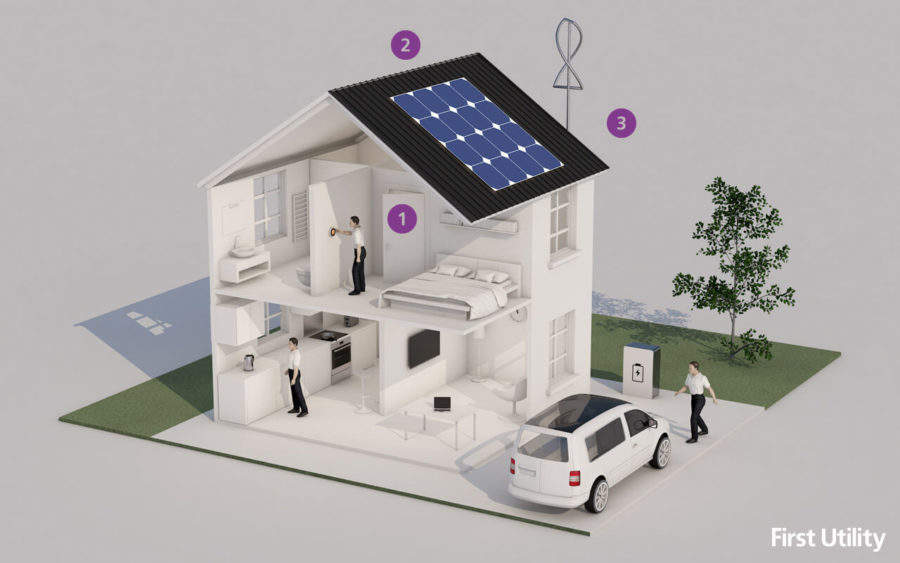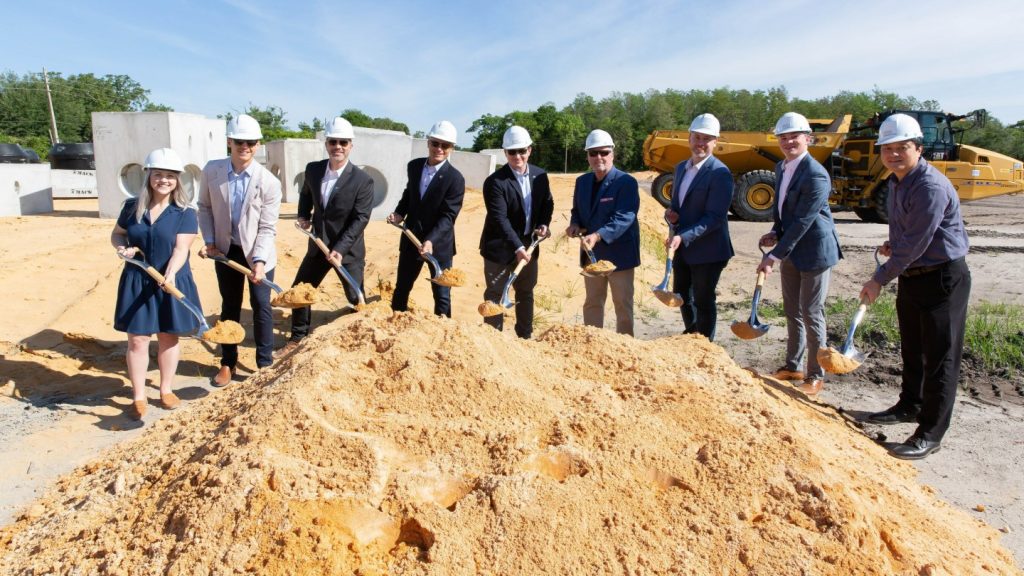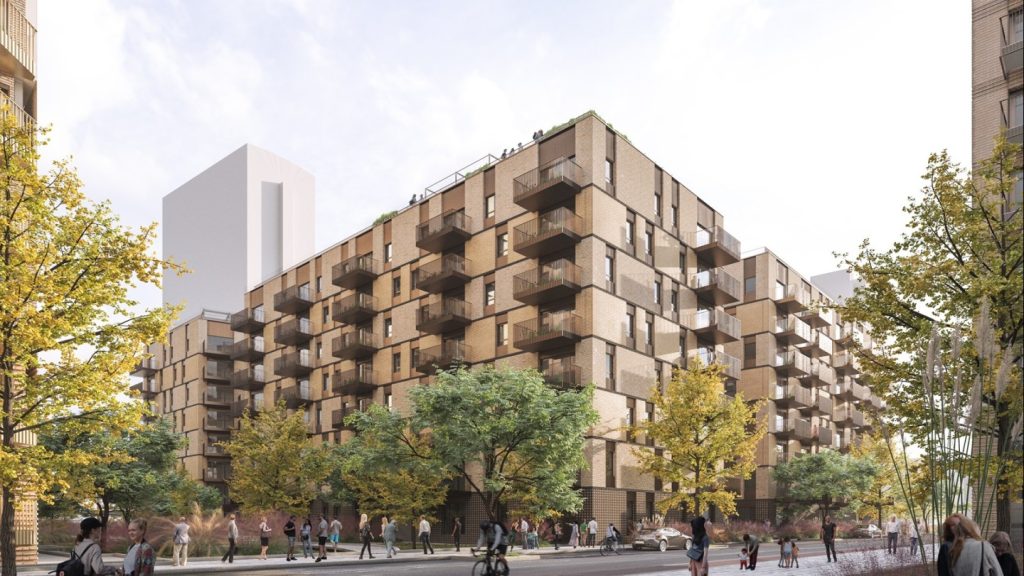
Futurist Glen Hiemstra has predicted that the growth of smart machines and the decline in cost of producing solar energy will contribute to a ‘low-carbon, smart future’ in a report published in collaboration with energy supplier First Utility.
The report, ‘Smart Energy in a Smart Future’, outlines a holistic vision of urban life within a few decades, where each home produces its own electricity from wind and solar sources and can buy and sell energy from neighbouring properties. Hiemstra predicts that 30% of a household’s energy will come from its own solar panels, and a further 10% from neighbours’ generators. The rest, which will also come from renewable sources, will be provided by a ‘local utility’ at a low price.
“A few years ago, you paid a premium for that kind of power from the utility, but in the past few years as renewable sources became cheaper than conventional sources, you get a discount,” Hiemstra explained in the report.
“I expect it will be the reduction of cost and production of more smart connected devices that will be the key drivers,” he continued. “The social [and] communal relationships will be vital to actual whole neighbourhoods cooperating as a kind of virtual power plant, but will be hard to build organically.
“It could be that those will be initiated by larger entities like utilities themselves or by a combination of solar companies and government, such as the South Australia government and Tesla Power project to build a virtual solar power plant using 50,000 homes.”
He went on to describe future offices, which could automatically charge their employees’ vehicles through magnetic or plug-in ports and have heating and cooling systems in the floor to ensure the buildings remain at optimal temperatures. These offices would conform to the standards set out in the Living Building Challenge, an initiative operated by the International Living Future Institute, which challenges designers to construct buildings that generate ‘net positive’ energy, that is to say they produce more energy than they consume.
How well do you really know your competitors?
Access the most comprehensive Company Profiles on the market, powered by GlobalData. Save hours of research. Gain competitive edge.

Thank you!
Your download email will arrive shortly
Not ready to buy yet? Download a free sample
We are confident about the unique quality of our Company Profiles. However, we want you to make the most beneficial decision for your business, so we offer a free sample that you can download by submitting the below form
By GlobalDataHiemstra suggested improvements in quality and availability of smart technology will be a key contributor to this change.
“Now we are in the process of enabling the built world, the human world, and if you consider Internet connected drops on many farms, the natural world, into one integrated information network,” he said.
Similarly, a reduction in the costs of generating solar electricity could be a contributing factor. Battery storage costs have fallen 24% in the last year, and Hiemstra believes other companies will follow the lead of Tesla, which has installed large battery systems in Hawaii, Australia and Puerto Rico.
He also predicted that due to agreements such as the Paris Accords, the world is collectively moving towards a carbon-neutral future, saying: “Global warming means that cities everywhere must make an increasing effort to reduce their carbon and other greenhouse emissions.”







